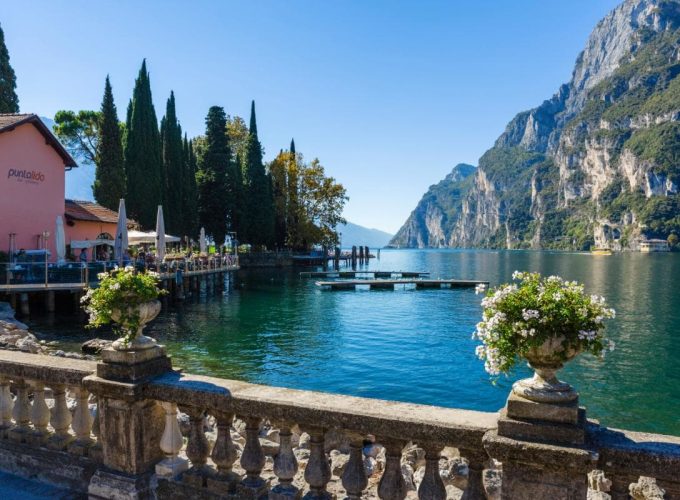The 10 Most Famous Egyptian Mosques Worth Visiting
Egypt -
Tourist landmarks in countries, especially in the cradle of civilisations and cultures like Egypt, vary in their types and forms, ranging from cultural, archaeological, and historical landmarks to famous religious sites that have garnered significant interest from tourists.
If you are looking for the most famous and important mosques in Egypt with stunning Islamic architecture, here is this article presenting the top 10 Egyptian mosques worth visiting.
1: Al-Azhar Mosque

This is the most famous landmark in Cairo and one of the oldest historical mosques in the Islamic world. Built by Jawhar al-Siqilli, the commander of Al-Muizz li-Din Allah's army, a year after the Fatimid conquest of Egypt, the mosque was originally a centre for various studies, including Islamic jurisprudence, Arabic sciences, and history.
Over the centuries, it has remained a significant religious and tourist destination, attracting visitors from around the globe.
The mosque has several halls for different studies, including Islamic jurisprudence, the Quran, readings, sermons, intellectual and cultural studies, and foreign languages.
2: Al-Hussein Mosque

Located in a popular area known for local shopping and attractive tourist sites, Al-Hussein Mosque stands out in the Al-Gamaliya district, next to the commercial street Khan El-Khalili.
This location adds an extra layer of intrigue, making it a must-visit for prayers and exploration.
The surrounding area offers opportunities to buy Pharaonic souvenirs, providing a successful shopping experience alongside a significant tourist visit.
3: Al-Hakim Mosque
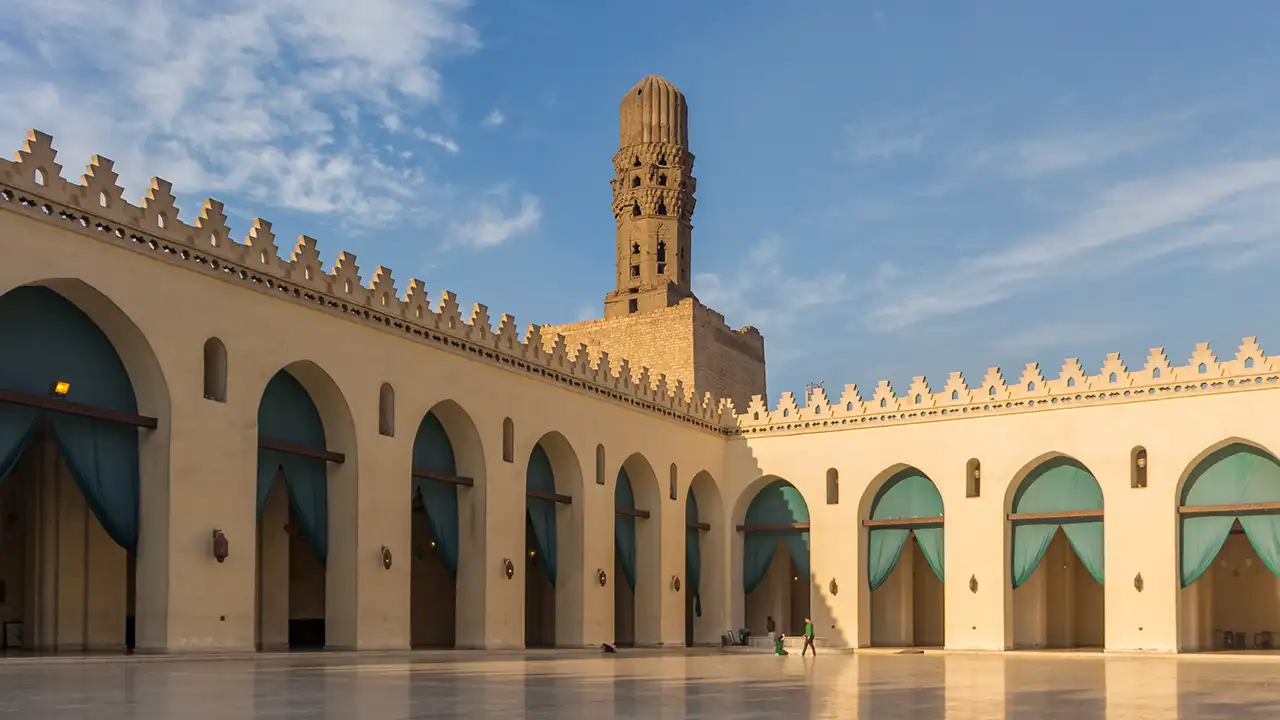
Visiting Al-Muizz li-Din Allah Street, you'll find the famous Al-Hakim Mosque, known for its stunning decorations and engravings.
The mosque features a unique blend of Fatimid and Mamluk architectural styles, with one of the largest domes in Islamic mosques.
Explore the mosque's interior and exterior decorations, including Quranic inscriptions, plant motifs, and geometric patterns that highlight the mosque's aesthetic appeal.
4: Mosque of Muhammad Ali
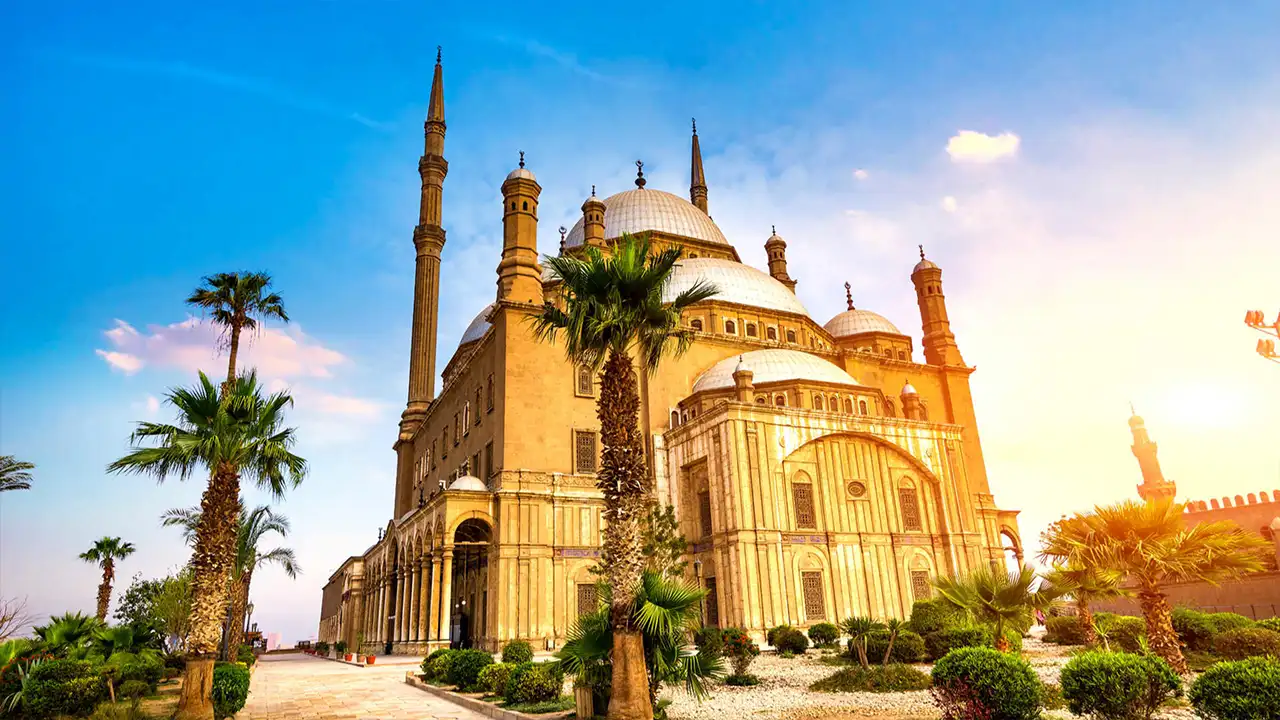
This grand mosque, standing proudly amid greenery, is built in the Ottoman style.
Designed with exceptional engineering and clad in alabaster, the mosque is divided into two main sections: the eastern section for prayers and the western courtyard with a central fountain for ablutions. Each section has southern and northern doors.
5: Mosque of Salah al-Din al-Ayyubi

Established during President Gamal Abdel Nasser's era, this historical mosque is located on the Nile's shore on Al-Roda Island, near the eastern end of Cairo University Bridge.
The mosque features a spacious courtyard with windows for illumination and four iwans surrounding it. Inside, there is a cultural library, a large hall for funerals, and a second floor designated for women with panoramic windows overlooking the mosque.
6: Amr ibn al-As Mosque
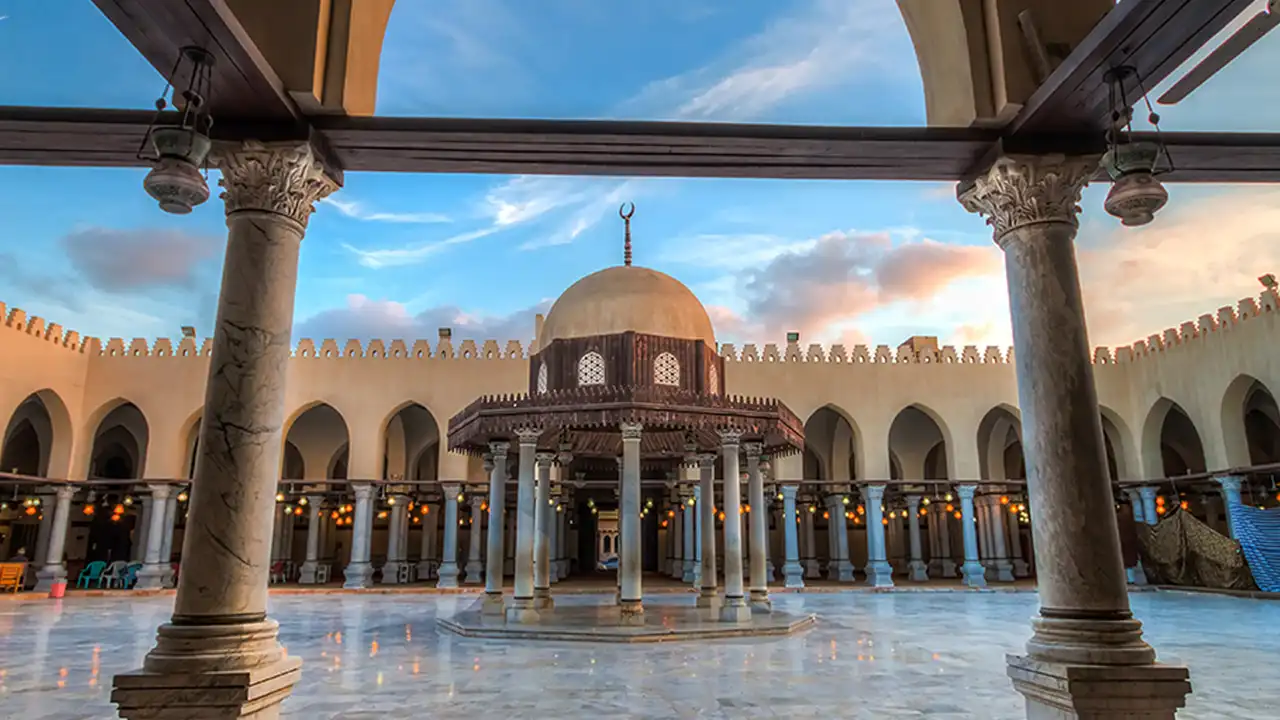
As the oldest mosque in Africa, Amr ibn al-As Mosque, built in 21 AH by the companion Amr ibn al-As, is known as the "Crown of Mosques" and the “Ancient Mosque.”
Initially a gathering place for Muslims and Amr ibn al-As's troops, it eventually became a religious site for prayers and a tourist destination for people of all faiths to explore its rich history.
The mosque accommodates many worshippers, making it a popular religious site with a rich historical narrative.
7: Sultan Al-Ashraf Qaitbay Mosque
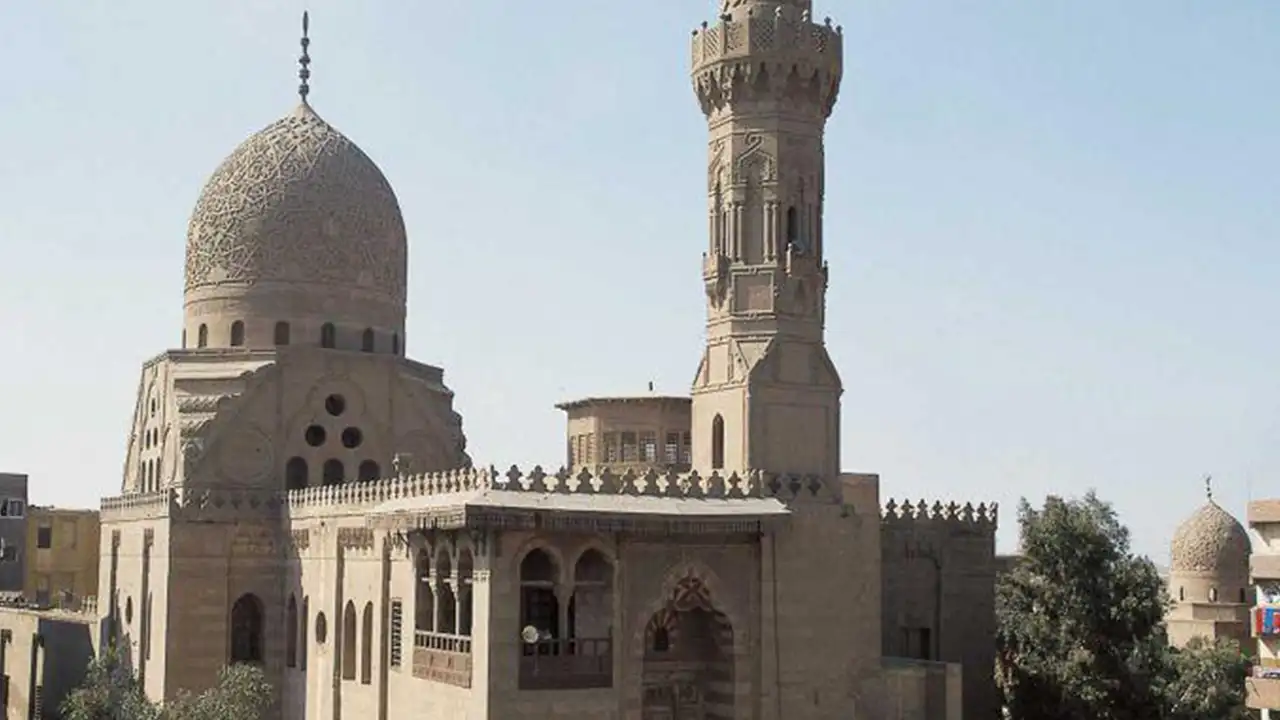
Ever wondered which mosque adorns the Egyptian pound? The Sultan Al-Ashraf Qaitbay Mosque, known as the "Masterpiece of Islamic Architecture," is featured on the Egyptian currency.
Built during the Mamluk era, the mosque is known for its exquisite architectural design, including a central courtyard with a shokhsheikha (domed roof) and four iwans, with the qibla iwan being the largest.
Visitors can pray and explore the surrounding area, which offers shopping opportunities and beautiful souvenirs.
8: Ibn Tulun Mosque
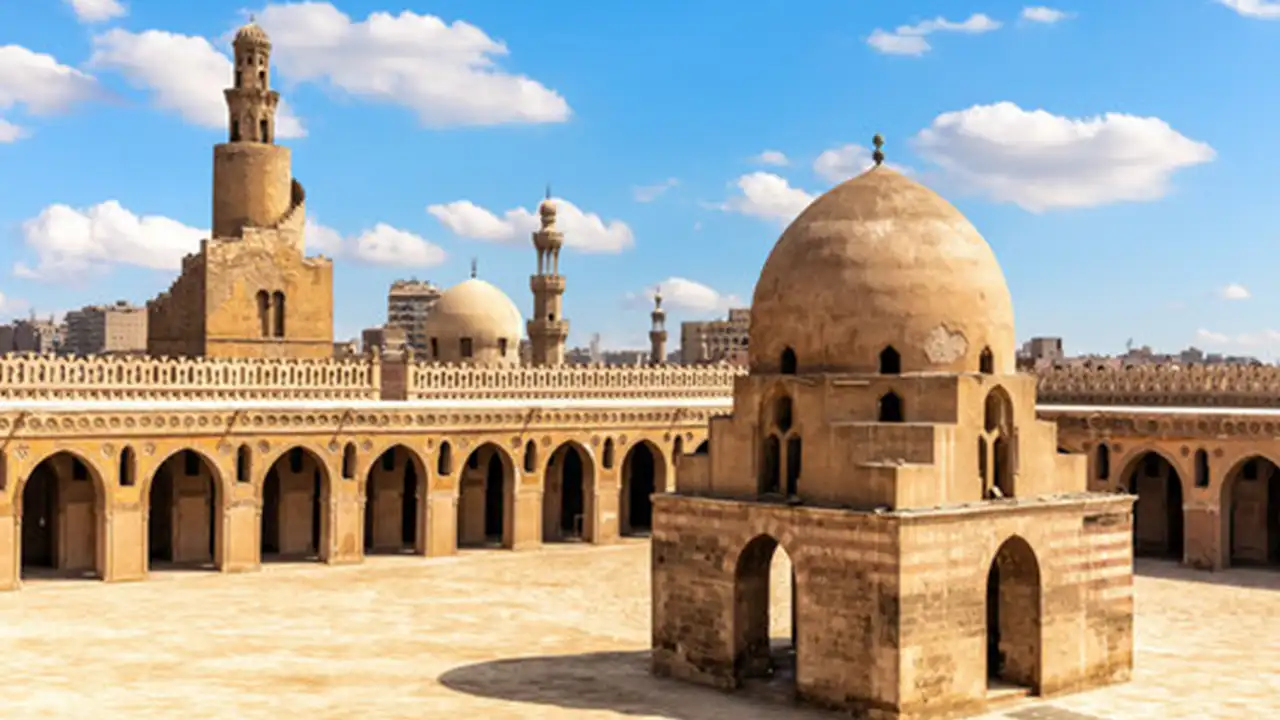
Symbolising the Abbasid rule, the Ibn Tulun Mosque was built by the Abbasid governor, Ahmed ibn Tulun.
Located on Yashkur Hill (now Ahmed ibn Tulun Square in Sayyida Zainab), the mosque has retained its original structure, featuring a unique spiral minaret and a large courtyard.
The mosque blends Islamic and Abbasid architectural styles with arches, windows, and a fountain for ablutions, creating a mix of elegant design and Islamic heritage.
9: Al-Rifa'i Mosque

Built in the 19th century in Salah al-Din Square (also known as Al-Qalaa Square), Al-Rifa'i Mosque was named after Imam Ahmad al-Rifa'i, founder of the Rifa'i Sufi order.
The mosque is historically significant as the first architectural building constructed using concrete, marking the advent of modernity.
It houses the tombs of Sheikh Ali Abu Shibak, Sheikh Yahya al-Ansari, and royal tombs including those of Khedive Ismail, Sultan Hussein Kamel, King Fuad I, and King Farouk, making it an important religious and political site.
10: The Mosque-Madrasa of Sultan Hassan
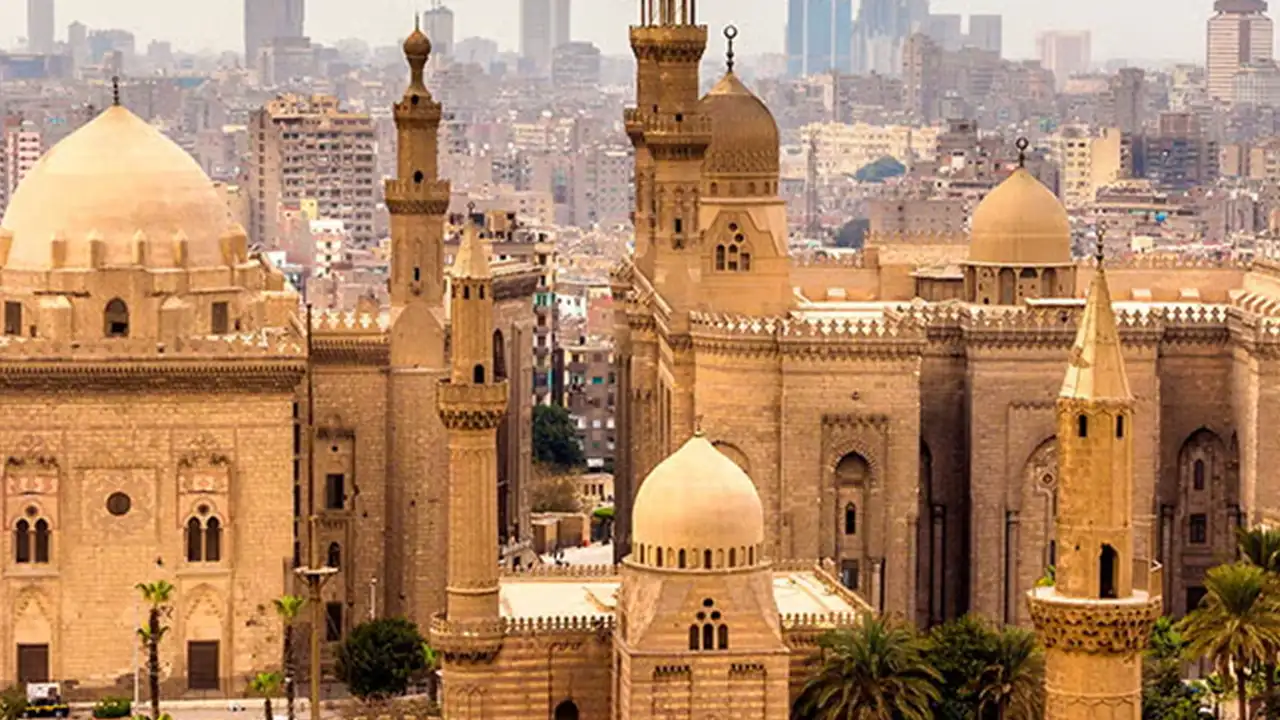
Combining religious and educational purposes, the Mosque-Madrasa of Sultan Hassan is one of Egypt's largest and most magnificent architectural achievements, built by Sultan Hassan bin Al-Nasir Muhammad bin Qalawun.
Initially constructed as a defensive stronghold against enemies, it was later restored and rebuilt over various periods.
The mosque is renowned for its domes, which are adorned with intricate decorations, elegant architectural design, and marble inlays with Kufic inscriptions and refined patterns.


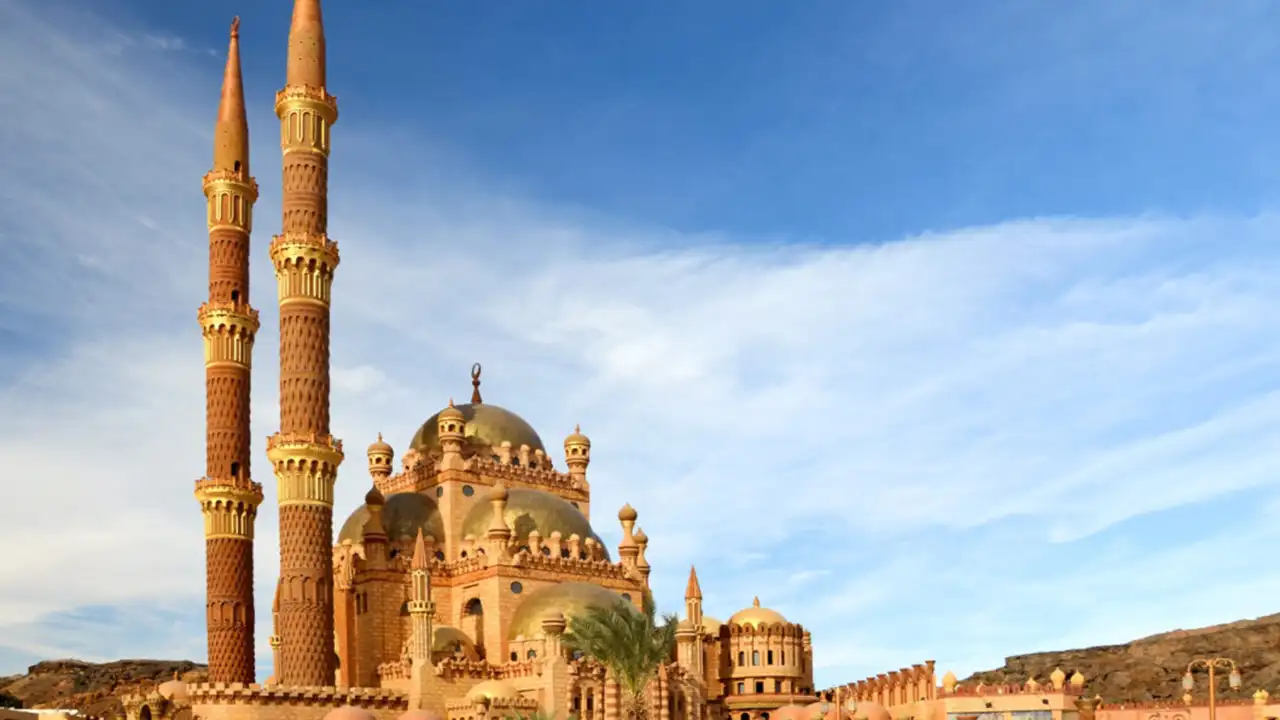
.jpg)
.jpg)
